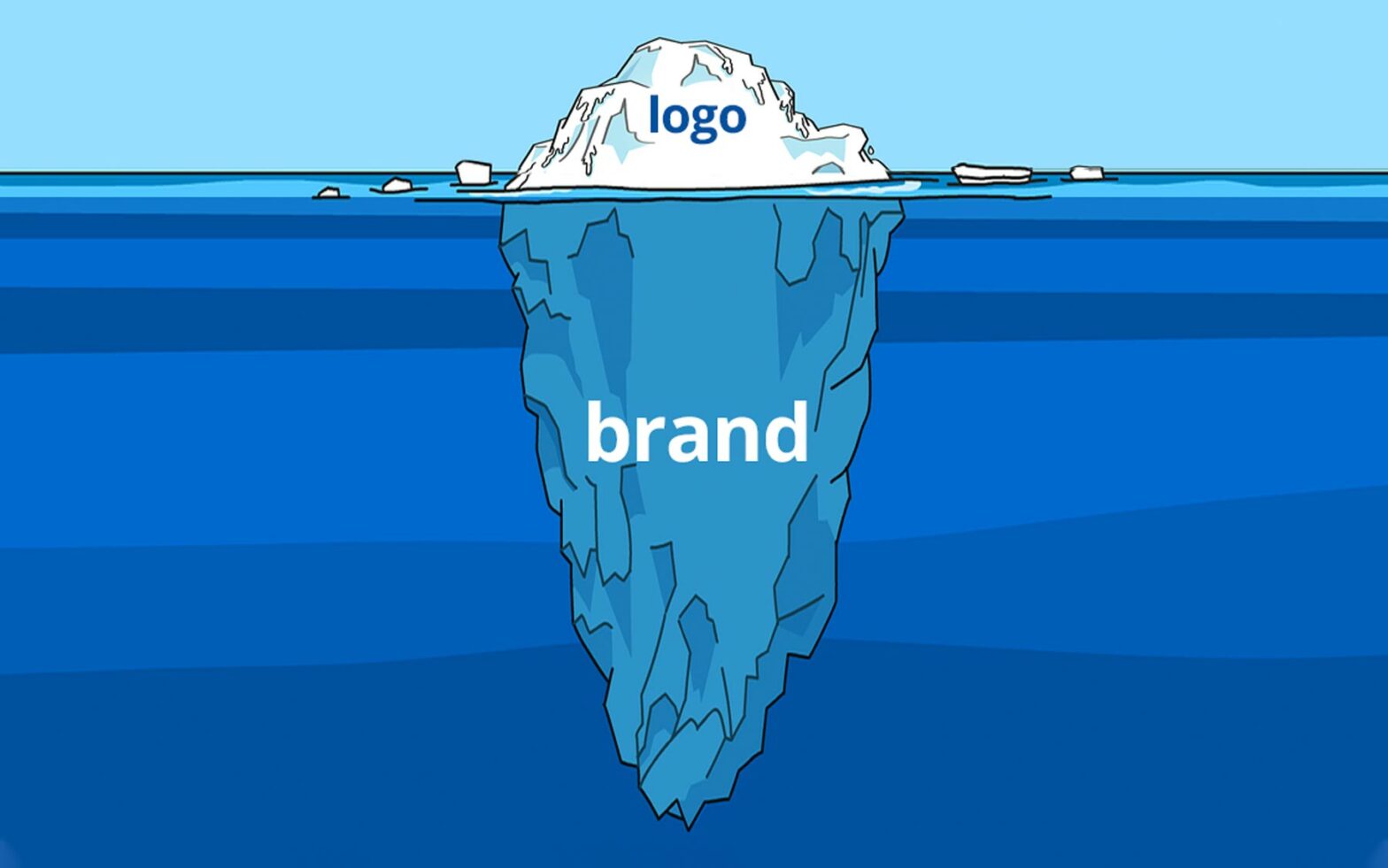As a designer, I often run into people that confuse the concepts of ‘logo design’ and ‘brand design’. Usually, it’s pretty clear what the client is actually talking about, despite misusing the terms, but let’s take a sec to explain the difference.
Logo Design
Let’s start with ‘Logo Design’ since this is the one people usually get right.
Let’s say you have a new company called ‘Bob’s Bikes’.
You now need a Logo design for your company.
You could just type it in a simple font like Ariel and be done unless you want your company to stand out. You want potential clients to recognize that ‘Bob’s Bikes’ makes high-end boutique bicycles, and you want them to absorb that at one quick glance.
To do this, you contact a graphic designer. If they know what they’re doing, they’ll ask you a lot of questions about your company to make sure, what they come up with, accurately represents your company and the ideals it is built upon.
You can show a lot about a company with a logo. You can use fonts that can portray feelings like trust, safety, carefree, danger, happiness…just about anything. Likewise, you can create a logo mark or icon that can do the same. A loose, sketchy logo mark will give the viewer a different feeling than a precise geometric approach. Colors also invoke different feelings and emotions. I could go on and on, but we’ll dive into this in another blog.
Getting this right is important because your logo is the literal face (and often name) of your company and what everyone will see first.
Brand Design (or Branding)
Now that we’re all on the same page with what a logo is, let’s now assume ‘Bob’s Bikes’ needs more than just a logo. It also needs a:
- Website
- Business Cards
- Store Sign
- Brochure
- Interior Signage
Would we design all of these items to look different?
Of course not.
We’d make sure that all of the items look like they belong together. We’d most likely use the same colors, fonts, iconography, style, and general ‘look and feel’ of the logo. Everything needs to feel like it’s from the same ‘family’ and lives on the same planet. Everything needs to portray the same key points of the logo — ”Bobs Bikes makes high-end boutique bicycles”.
This, in a nutshell, is branding.
Branding is how you treat all the different elements and pieces needed for a particular company (or project. It’s not company-specific.) to ensure they all support the look and feel the company wants to portray.
These elements may include:
- Logos
- Websites
- White papers
- Brochures
- Letterheads
- Business Cards
- Emails
- Commercials
- Messaging
- Signage
- Web Banners
- Etc…
The ‘Brand’ represents the bigger picture. The logo needs to fit into the branding guidelines, but the brand is a bigger concept than the logo alone.
Brand Guides
Most medium to large companies have “Brand Guides” (or often called “Style guides” or “Corporate Brand Guides”). This document is typically a comprehensive guide for designers to use when designing any items needed. Since most of these companies are quite large and often have many designers working on a plethora of projects at the same time, they can reference this document to ensure the brand is always portrayed correctly, regardless of who is working on it.
These documents often have sections like:
- Brand Message – ie. the brand should always convey “Warmth”, “Humanity”, “Opportunity”
- Logo Usage – It’ll illustrate accepted logos, how to use them, and how NOT to use them
- Colors – They’ll specifically give the colors (RGB, CMYK, Pantone…) and often give suggested color combinations and suggested non-uses of color
- Fonts – suggested fonts, weights and sizes. Often listing ‘primary’ and ‘secondary’ fonts
- Photography Usage – suggested photos, photo styles, photo usages and non-usages
- Illustration Usages – suggested illustrations, styles, usages and non-usages
- Example Designs – The company that created the brand guide will often create mock versions of ads, posters, PPT slides…etc to help you understand how using their guide can be used in the practical world
Are you ready to get started working with a creative and professional designer?
Now that you have a better understanding of how logos are just one part of a good brand campaign, you are ready to get started! Luckily, 729’s Design team is knowledgeable and ready to help you with your logo or brand!
